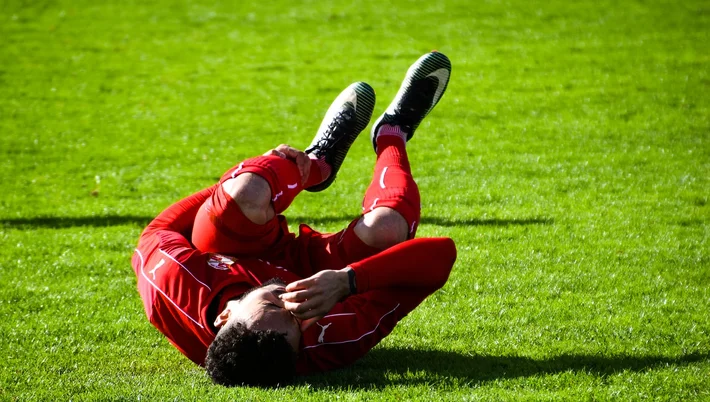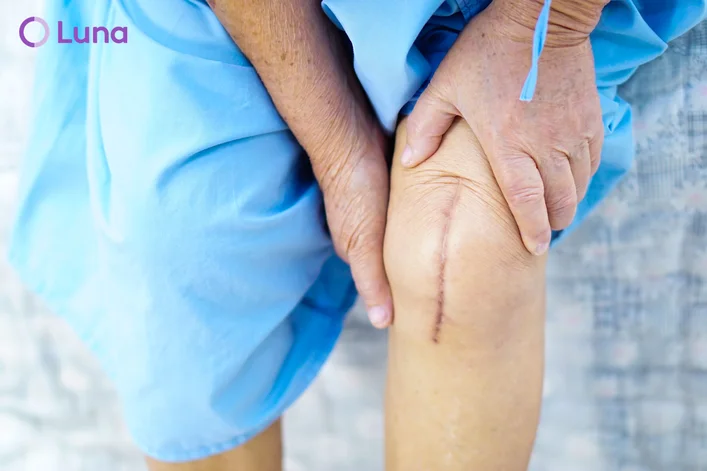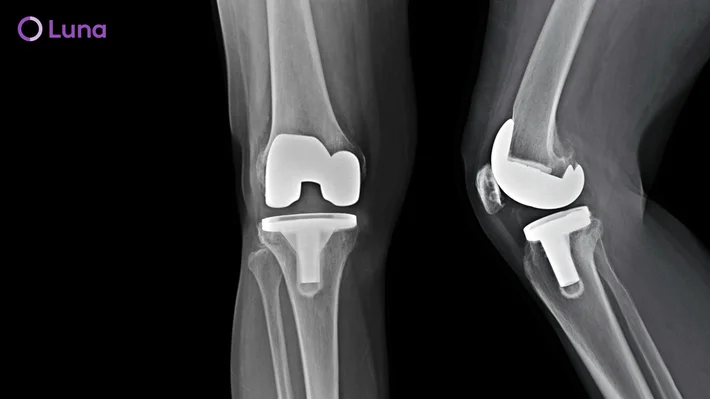
Meet with the best meniscal repairs physical therapists in Brooklyn Heights, New York
Brooklyn Heights, New York, Luna employs a talented group of physical therapists who specialize in treating patients who are recovering from meniscal repair surgery. Our PTs will work to help you safely and efficaciously restore mobility to the knee, in order to help ensure the success of your operation.
Best of all, our expert clinicians provide physical therapy on demand — that means patients can get the care they need in the location that’s most convenient to them. It’s physical therapy, delivered.

What is a meniscal repair?
One of the most common knee injuries, a torn meniscus can sometimes be resolved with just rest, ice, and anti-inflammatory medications. But when this doesn’t do the trick, patients often need surgical repair.
Each knee contains two menisci, which are C-shaped pieces of cartilage that act as a cushion between the shin and thigh. When a meniscus is torn, it causes immense pain, stiffness, swelling, and difficulty extending the knee.
Meniscal repairs should help relieve these symptoms — and fortunately, these procedures are much less invasive than they used to be. In the past, the entire meniscus was removed; now surgeons can remove just the torn segment of the meniscus, especially if the tear is relatively small.
That said, 20 to 40 percent of meniscal repair surgeries fail, meaning that the repaired meniscus does not heal properly. If this occurs, the patient will have to undergo the procedure a second time. There’s a strong correlation between postoperative rehabilitation compliance and the procedure’s success.
Source: VeryWellHealth

Physical therapy for meniscal repairs in Brooklyn Heights, New York
Rehabilitation is intensive after meniscal repair surgery, as it’s vital for ensuring the surgery’s success. Typically, patients are placed in a knee immobilizer or brace immediately after surgery. One of the first things they’ll do with their physical therapist is learn how to walk with crutches and a brace in order to avoid further injury.
After a few weeks, it should be safe to remove the brace for rehabilitation sessions. A physical therapist can help the patient practice bending the knee carefully, though it’s still not safe to place weight on the knee at this point. After the first few months of surgery, the patient will be able to practice walking while placing weight on the knee, while three to four months is generally sufficient to return to full activities.
Source: VeryWellHealth






















